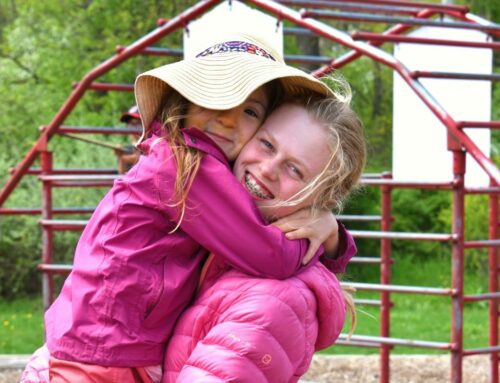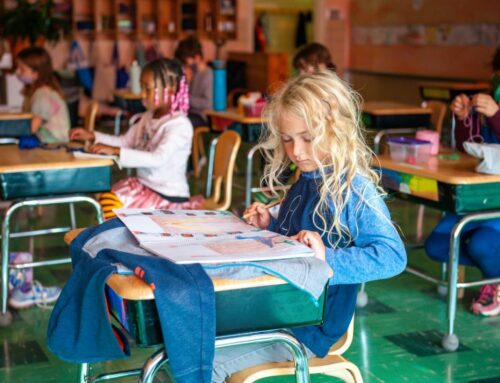
Here at SGWS, our music class is largely focused on choral music. The students also have a separate class for orchestra. We made the difficult decision to postpone choral singing during the pandemic for the safety of our community. So, you may ask, what does music class entail if we aren’t singing and how are we preserving the intention behind the reason we teaching choral music?
Let’s start with the intention of teaching choral music to our students. These words come from Mr. Grimes, our choral teacher:
“Music encapsulates much more than vocal expression and recorder/instrumental expression in their isolated forms. What I believe is the most important aspect of music in the curriculum, and what needs to be preserved yet transformed moving forward, is the impulse Steiner believed music provided. Music was intended act as a means of contact and interaction with the spiritual and feeling nature of the child, and all of humanity. Music is about cultivating the spiritual and the feeling capacities WITHIN a child, and then interacting with the greater spirituality and feeling of humankind and the universe.”
The reimaging of our approach to choral music preserves this intention while remaining relatable to the child at different stages of their development.
Key Curricular enhancements to meet the needs above:
- Utilization of Rhythm as Expression – Many cultures worldwide rely more heavily on percussion and rhythm as vehicles for musical expression. The rich history and complexities of this area music are an amazing treasure chest of opportunity.
- Experience of Tones through Alternate instruments – We have several types of lyres and pitched percussion in our school inventory and although we will not sing tones this school year, we can still experience them. Experiencing tones (their vibration through the air and through our bodies) is powerful for all the children.
- (Lower Grades) Integrating Tones and rhythms with storytelling and picture building constructs – We usually have specific music to sing along with spoken stories. This can be carried further using body rhythms, percussive instruments, speech patterns, and string instruments to seamlessly tie in music with expressive imaginary content. Movement in music continues to be integrated with attention to physical distancing for safety.
- (Upper Grades/Lower Grades) – Expressions using rhythmic verse and speech – RAP music was an innovative revolutionary musical development in our lifetime. Now virtually every Western Culture has RAP artists. People have been refining this form of musical expression ever since its inception and it can be found in all genres of music today, even classical music.
- Music Theory – The longer class periods this school year help to solidify and follow through more completely with music theory than is typically possible.
- Storytelling/Biography/Autobiography – Throughout all the grades experiencing the subtleties between language and music is the goal. Through the same mechanisms that guide our work in learning songs (techniques of in breath and out breath) we can explore ourselves and our connection with others.
A note from Mr. Grimes, our choral music teacher:
“…Lastly, I firmly do not believe that transformation of curriculum is a negative. I cannot state that forcefully enough. As my gardening mentor Gunter once said, crisis necessitates change BUT for good reasons. My grieving for singing is done. I feel an upwelling of positive energy, spirit, and feeling for the task ahead – the crisis demands something different from us. We must choose how we meet that crisis. If we did not change, and were not adaptive throughout history, we would not be here today, with still, so much work to be accomplished for the sake of our children and humanity. We are all a piece, however large or small, of that magnificent work.”


